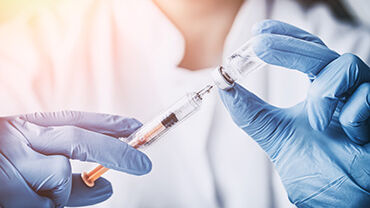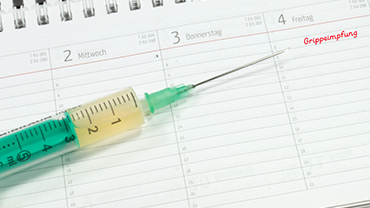Prevention and control measures for pneumococcal disease
Childhood immunisation against S. pneumoniae is the most effective public health measure for preventing IPD both among vaccine recipients (direct effect), and among unimmunised populations (indirect ‘herd’ effect).
There are two principal types of pneumococcal vaccines currently in use: pneumococcal polysaccharide vaccine (PPV) and pneumococcal conjugate vaccines (PCV):
PPV-23 contains purified capsular polysaccharide from the 23 serotypes that most commonly cause IPD. It is poorly immunogenic in children younger than two years of age and does not reduce pneumococcal carriage. The vaccine induces a T-cell independent response and there is no booster effect from repeated immunisations.
PCV-7 contains capsule polysaccharide conjugated to a protein that stimulates the immune response. PCV 7 is effective for infants, induces immunologic memory and reduces pneumococcal carriage rates.
PCV 7 is the pneumococcal vaccine currently used in most European immunisation programmes.
New pneumococcal conjugate vaccines are being introduced. In 2009 for example, the European Medicines Agency approved 10-valent and 13-valent vaccines that protect against a wider range of the most pathogenic serotypes.
PCV 7 was first licensed in Europe in 2001 and more than half of the European countries (18/32) reporting to the European surveillance network for vaccine-preventable diseases (EUVAC) have since introduced PCV 7 to their routine childhood immunisation programs. Current national immunisation schedules can be accessed here.
Immunisation has been shown to reduce the prevalence of antibiotic-resistant pneumococci through several mechanisms. First, the serotypes covered by the PCV 7 vaccine are responsible for the majority of both antibiotic resistant and non-resistant infections and by reducing the overall incidence of PCV 7 strains, the number of resistant infections will go down. Secondly, PCV 7 reduces carriage rates, thereby reducing the risk of vaccine serotypes being exposed to antibiotic pressure.






